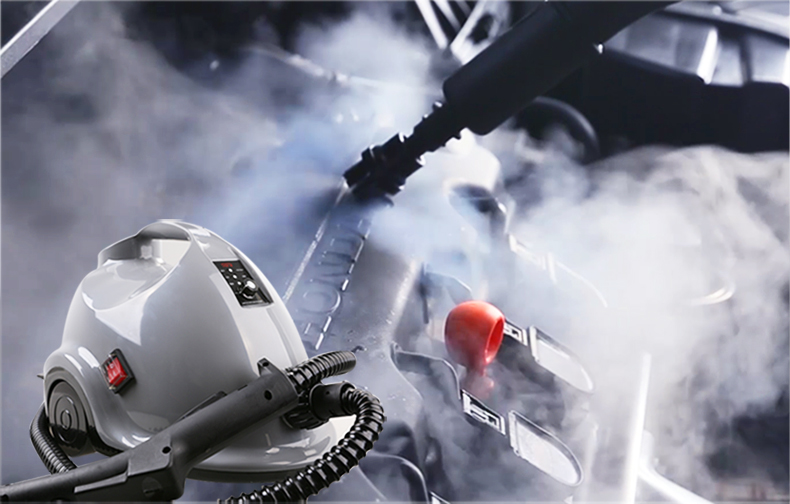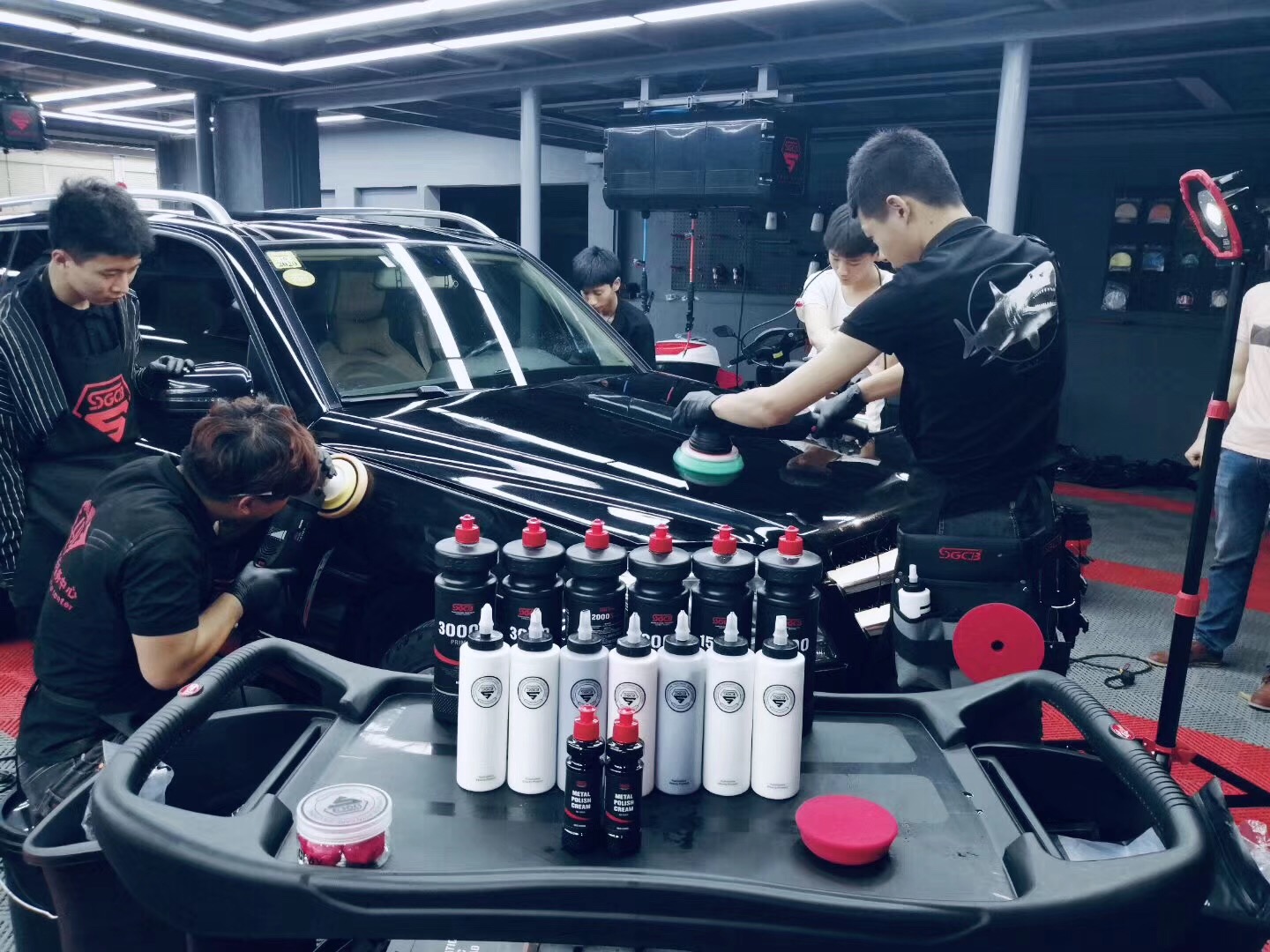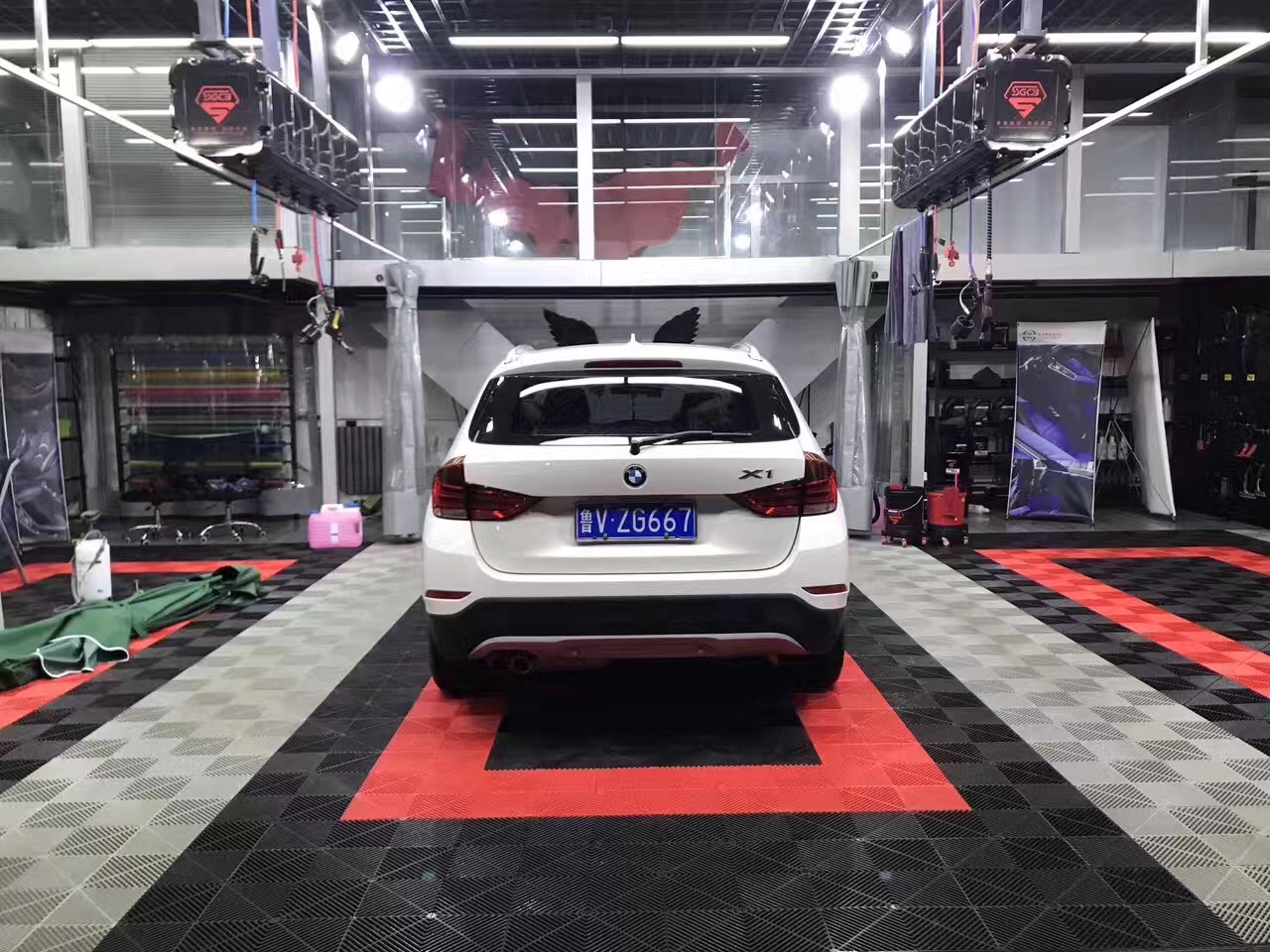In recent years, due to the rapid rise and development of industries such as foods, beverages, cigarettes, pharmaceuticals, health products, cosmetics, hardware, household appliances, clothing, and toys, especially with the expansion of foreign trade, the market's demand for packaging and printing products is increasing day by day; According to statistics, the annual demand of the US printing market in 2003 was as high as 162.4 billion U.S. dollars, while nearly 21,000 packaging and printing enterprises in China had a total output value of only 75 billion yuan in 2002. According to preliminary surveys, there are nearly 670 cities in the country that have different types of printing presses. The inks they use are mainly divided into organic solvent inks, water-soluble inks, high-solid inks, and benzene-free inks. The organic solvent type ink uses toluene, xylene, acetone, butanol, ethyl acetate and other low-boiling point volatile organic compounds as the solvent, so it is widely used due to its high printing speed, good print quality, and low cost. In the process of use, due to the volatilization of organic solvents, a large amount of toxic and harmful organic waste gas will be generated, which will cause serious local pollution. If the human body is exposed for a long time, it will bring serious damage to the nervous system and hematopoietic function. Most of the existing domestic or imported printing machinery are not equipped with corresponding purification devices when they leave the factory. If no corresponding purification device is installed, there will be a large amount of toxic and harmful exhaust gases (such as “triphenylâ€) in the production process. Acetone, etc.) are directly discharged into the atmosphere, which seriously pollutes the atmospheric environment of the city and will cause harm to the urban environment and human survival that cannot be ignored. For example, at the time when the national six-nation ministries, committees, and bureaus launched a nationwide clean-up and rectification of the environmental protection market in July last year, a color-printing company in the Huli Industrial Zone of Xiamen City, Fujian Province, produced organic waste without any environmental purification facilities. The public was dizzy and vomiting. It has now been ordered by the local environmental protection department to suspend production for rectification. According to the “State of the Environment Bulletin†published by the State Environmental Protection Administration, the proportion of population living in China’s air quality standards only accounts for 26.3% of the total population in the city. The air pollution in large and very large cities is obviously heavier than that in small and medium-sized cities. The urban air environment will be further deteriorated. For this reason, countries and regions have successively formulated a number of comprehensive standards for atmospheric pollutants, such as the Integrated Emission Standard for Air Pollutants (GB16297-1996), among which various organic exhaust emissions There are clear provisions for the limits; at the same time, the environmental protection facilities for newly-built or expanded projects must strictly implement “three-simultaneous†approvals (ie, simultaneous design, simultaneous construction, and simultaneous production use), and the national unified certification system will also be established and fully started. In the future, when companies apply for various types of quality management system certifications such as the environmental management system ISO14000) and the quality management system (OHSMS), the discharge of environmental protection standards will become one of the important conditions. In order to comply with national and local laws and regulations, to ensure the sustainable development of the company itself, and to improve the working environment of the surrounding areas and employees, some printing companies have invested (some even invested heavily) equipped with corresponding printing presses for the company's printing presses. Purification facilities, but for a variety of reasons caused by the majority of companies still unable to meet emission standards or were included in the deadline for rectification, causing losses to the company to varying degrees, the main reasons for the following aspects: (1) Due to the relatively late start of China's environmental protection industry, the control technology is relatively backward, and the relevant pollutants are not targeted, so that the purification effect cannot be achieved; (2) The treatment process or equipment is too complex, resulting in high equipment operating costs; (3) The equipment has hidden safety hazards, and improper control may cause safety accidents; Concave failure rate is high, operation is unstable, maintenance is troublesome, so that environmental protection equipment can not function properly. Due to the lack of understanding of environmental protection and purification equipment by manufacturers, coupled with the above-mentioned various reasons, some enterprises are skeptical about investing in the construction of environmental protection and purification equipment, and fear that the above problems will be caught in a dilemma. With the development of the environmental protection industry in recent years, there are many kinds of organic pollutants and different physical properties. At present, China's organic waste gas treatment often uses the following methods: 1. Condensation recovery method: The organic waste gas is directly introduced into the condenser and adsorbed, absorbed, decomposed and separated to recover valuable organic matter. The method is applicable to working conditions with high concentration of organic waste gas, low temperature, and small air volume. Refrigeration equipment is mainly used in the pharmaceutical and chemical industries, and printing companies are less used. 2. Absorption method: generally adopts physical absorption, that is, the exhaust gas is introduced into the absorption liquid to be purified; after the absorption liquid is saturated, it is heated, analyzed, and condensed and recovered; this method is applicable to the atmospheric air, low temperature, low concentration exhaust gas, but needs to be equipped with heating Analytical recovery device, large equipment, high investment. 3, direct combustion method: the use of fuel gas or fuel and other auxiliary fuel combustion, the mixed gas heating, so that harmful substances decomposed under high temperature into harmless substances; this method is simple, low investment, suitable for high concentration, small amount of air exhaust , but the safety technology and operational requirements are high. 4. Catalytic combustion method: The exhaust gas is heated by catalytic combustion to convert into harmless and odorless carbon dioxide and water; this method has low ignition temperature, energy saving, high purification rate, convenient operation, less floor space, and large investment investment. At high temperature or high concentration of organic waste gas. 5, adsorption method: (2) Adsorption-recovery method: Adsorption of organic waste gas using fiber activated carbon, followed by superheated steam backflushing near the saturation to perform desorption regeneration; this method requires the provision of the necessary amount of steam. (3) Novel Adsorption-Catalytic Combustion Method: This method combines the advantages of adsorption method and catalytic combustion method. It adopts new adsorption material (honeycomb-shaped activated carbon) for adsorption. It is introduced into the hot water after desorption and hot air desorption, analysis and desorption. After the exhaust gas is introduced into the catalytic combustion bed for flameless combustion, it is thoroughly purified, and the hot gas is recycled in the system, which greatly reduces energy consumption. This method has the characteristics of stable and reliable operation, low investment, low operating cost, convenient maintenance, etc. It is applicable to the treatment of large amounts of wind and low concentrations of exhaust gas. It is a mature and practical method for domestic treatment of organic exhaust gas. With the increasing awareness of environmental protection in the entire society, environmental protection departments at all levels have stepped up efforts to monitor and penalize environmental protection in all walks of life. The printing industry has always been one of the most active industrial fields in China's technological transformation. The elimination of old equipment, the constant upgrading and introduction of high-tech and equipment have formed some new features and development trends in the industry, and how to solve the problems of development and environmental protection, It has always been an important issue for all people in the industry to maintain the sustainable development of the company.
For Car Wash and car detailing, some accessiors tools to support you work, like disposable glove nitrile, Work Stool on Wheels , Utility Carts with Wheels, Two Steps Ladder Cleaning Tool Belt, Blow Dryer for Car, Car Steam Washer, Tool Organizer Pegboard, Led Floodlight Warm White, Interlocking Garage Flooring Tiles etc.
If you wanna know more about it, pls contact with us.
(1) Direct adsorption method: After the organic waste gas is adsorbed on activated carbon, the purification rate can reach more than 95%. The equipment is simple and the investment is small. However, the activated carbon is frequently replaced, and the working procedures such as loading and unloading, transportation and replacement are increased, resulting in an increase in operating costs. 





Foam Car Wash,bucket wash car,Disposable Gloves Nitrile,wheel guard,interior clean,drying car,car washing supplies
SGCB COMPANY LIMITED , https://www.sgcbautocare.com